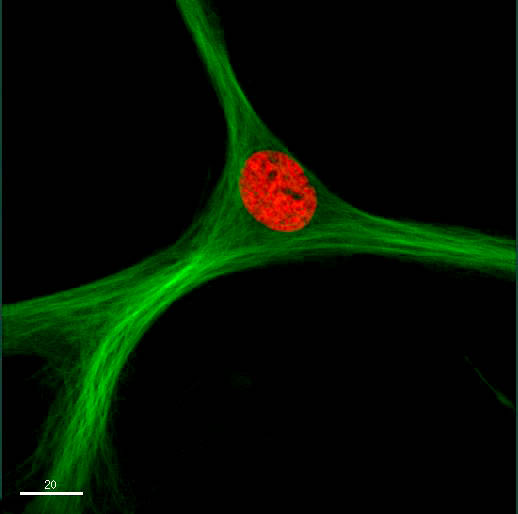Aggregated News

Everyone seems to be excited about stem cells. Their excellent promise as a treatment for a range of diseases and injuries mean almost guaranteed coverage for research. While some types of stem cells are already being used in treatment – for treating diseases of the blood and leukaemia, for example, multiple sclerosis and problems in the bone, skin and eye – there’s still a lot of hype and exaggeration, with some even selling empty promises to seriously ill or injured patients.
There are many different types of stem cells in the body and they have varying abilities. When most people think of stem cells, it’s often of embryonic stem cells, which have been controversial for ethical reasons, or their closely related cousins, induced pluripotent stem (iPS) cells, adult cells that have been reprogrammed to acquire stem cell-like properties. As the word “pluripotent” suggests, these stem cells have the capacity to transform into any cell type in the body, with the exception of egg and sperm cells.
There are other types of stem cells, however, that are considered...



